Fresh herbs are an easy way to add flavor and nutrition to any dish! Even if you don’t have much space to work with, there’s no reason you can’t grow herbs. So whether you have a balcony, windowsill, or just a bit of yard space – you can still enjoy the benefits of your own herb garden.
To help you get started, I’ve put together a list of some of the best herbs to grow at home. Before you know it, you’ll be snipping your own herbs for various recipes!
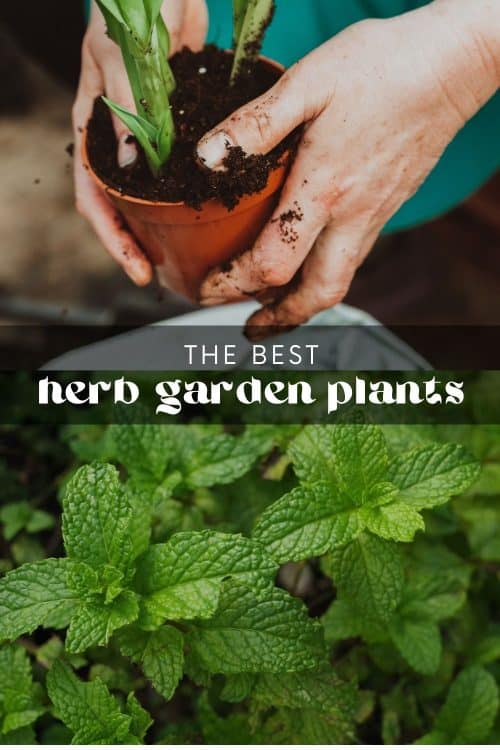
12 Best Herb Garden Plants
- Basil
Basil is one of the most popular growing herbs and is very easy to care for. Plant basil in warm, sunny conditions, and remember to water regularly during the growing season. You can use fresh basil in all kinds of recipes, such as salads and pasta dishes.
For extra flavor, try growing a few varieties, like lemon or Thai basil! And if you don’t use your basil immediately, you can always dry it for later use. Check out my guide on herb harvesting and preservation for more information on how to do this!
- Parsley
Parsley is one of the easiest herbs to grow and is great for adding freshness to all kinds of dishes. This herb needs plenty of sun and light but doesn’t need too much water. It’s also simple to propagate from seeds or cuttings.
Once your parsley plants are established, you can start harvesting the leaves. If you hope to plant your parsley outside, I recommend sowing them inside first and then transplanting them into the garden when they’re big enough. Parsley is also known for its many health benefits, so it’s great to have around.
- Chives
Chives are one of the best culinary herbs to add to recipes. They have a mild, onion-like flavor and are good at adding depth to sauces, salads, and soups. You can also chop chives finely and sprinkle them over steamed vegetables or baked potatoes. The flowers are edible and make a great addition to salads, too.
Chives thrive in full sun and moist soil with good drainage holes. If you’re planting them outdoors, try putting them in an area with plenty of morning sun and partial shade. They’re a perennial plant, meaning they will keep coming back year after year – so it’s worth the effort!
- Rosemary
Rosemary is a great herb to add a woody, earthy flavor to any dish. It’s very easy to grow and can tolerate drier conditions than other herbs, so it’s perfect for those with limited space or water resources. Plant rosemary in full sun, and ensure you give it plenty of room as it grows fast.
To keep your rosemary plant healthy, remember to trim the stems regularly. You can dry or freeze the rosemary leaves for later use or add them fresh to all kinds of dishes – like my garlic and herb rice.
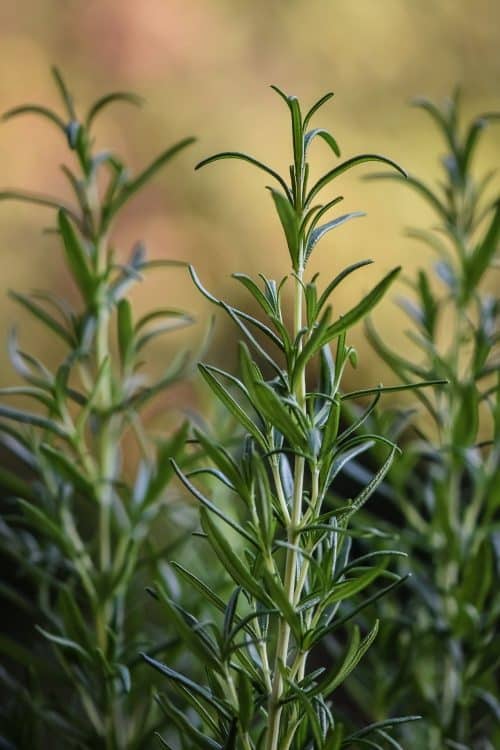
- Oregano
A key herb in Italian herbs seasoning, oregano is a classic addition to any garden. Oregano plants thrive in warm, sunny spots and need well-draining soil. A windowsill or sunny spot in your garden beds are perfect for growing oregano, as they like a lot of sunlight.
Snip off some top branches and leaves when you’re ready to harvest. There are a few different types of oregano, including Greek Oregano and Italian Oregano. All varieties will add a delicious flavor to your dishes! Add some fresh oregano to soups, salads, and marinades for the best flavor.
- Sage
Sage is a herb with a unique flavor – it’s almost peppery and has hints of citrus. This hardy shrub grows well outside and can tolerate some cold temperatures. Plant sage in well-draining soil, as it won’t thrive if the roots are wet for too long. There are a few varieties of sage, with some offering white, yellow, or even purple leaves.
As it’s an evergreen plant, you can have fresh sage all year round! Use the leaves in soups, stews, and even herbal tea for a delicious flavor. Common sage also grows pretty purple flowers that are also edible.
- Mint
We all know the refreshing, slightly spicy flavor of mint, and it’s not hard to grow at home. This herb is perfect for brightening up salads, sauces, teas, and more! Plant mint in a spot with part shade (it doesn’t like full sun). You can also keep a pot in your indoor garden and water it at least twice a week.
However, you should know that all types of mint multiply and can spread like crazy. If you don’t want it taking over your garden, it’s best to plant it in pots instead. This way, you easily harvest your mint and keep it contained.
- Thyme
Thyme is a popular herb with an incredible aroma. This hardy perennial loves full sun and well-draining soil. Plant thyme in late spring, as this herb doesn’t like cold temperatures!
If you’re growing thyme outside, be aware that it can spread aggressively. To keep it in check, trim the plant regularly and harvest both the leaves and flowers. Use your thyme to make Herbs de Provence chicken – a delicious and easy dish to whip up! Thyme oil also has healing properties, making this herb great for both health and culinary use.
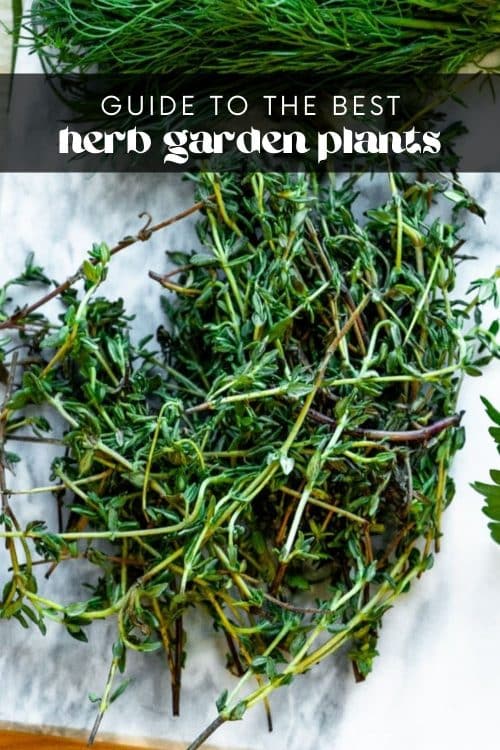
- Cilantro
Cilantro is an essential herb often used in Mexican cuisine, but it can add flavor to any dish. This annual herbs has a powerful aroma and needs plenty of direct sunlight to thrive. Some people claim cilantro tastes like soap, but for others, it’s often one of their favorite herbs!
Cilantro is easy to grow from seeds and is ready to harvest pretty quickly. For best results, try to sow your cilantro seeds in multiple batches over several weeks. This will ensure you have a steady supply of fresh leaves all summer.
- Savory
Savory has a slightly peppery flavor that’s perfect for adding complexity to simple dishes. There are two main types of savory – summer and winter savory; both require full sun and well-draining soil.
If you’re planting your savory outdoors, sowing the seeds in early spring is best. Don’t forget to water the plants regularly! Also, please note savory is part of the mint family, which means it will quickly spread if you don’t keep an eye on it. To harvest, pinch a few leaves and add them to your favorite dishes.
- Marjoram
Fresh marjoram is a must-have for any herb garden! This plant has a mild, slightly sweet floral flavor and looks great in your flower beds. Marjoram is a perennial, meaning it will come back year after year. Just make sure you give it plenty of sunshine and well-draining soil!
Marjoram does well grown in containers, so it’s perfect for a sunny windowsill garden. Snip a few leaves off these tender perennials and enjoy!
- Lavender
Last but not least, we have lavender. This fragrant herb is a must-have for adding both beauty and scent to your garden! Lavender needs plenty of sunshine and well-draining soil to thrive, so it’s best to plant them in a sunny spot.
The flowers of lavender are edible and make a great addition to baked goods and jams. Lavender oil is also wonderful for aromatherapy – add a few drops to your bath or diffuser for a calming scent. You can even use the flower heads in sachets to keep your closet smelling fresh!
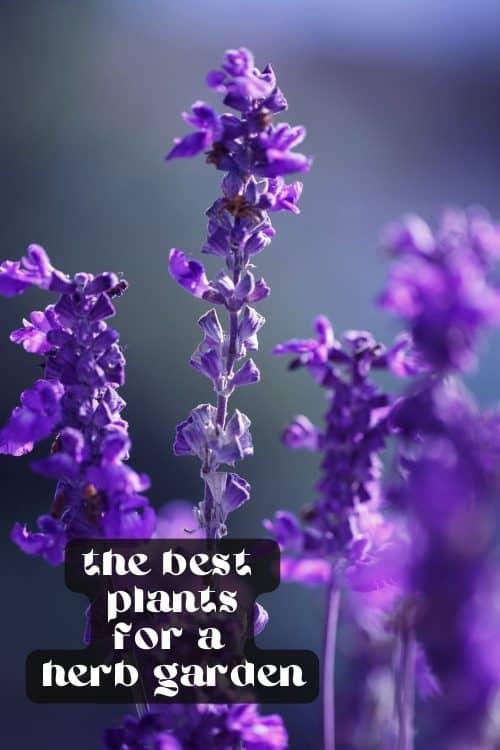
What Are the Best Herbs to Plant Together?
Before picking up your trowel and planting, it’s important to understand which herbs grow best together. Planting the right combinations of herbs can make all the difference!
Companion planting is a good idea for maximizing your garden’s potential. When planted together, certain herbs can help each other grow and produce more flavorful harvests. However, some herbs should not be planted together, as one may inhibit the other’s new growth.
Here are some of the most popular herb planting combinations:
- Basil, oregano, and parsley make a great aromatic combination that can be planted in the same pot.
- Rosemary and sage are good partners for each other as they require similar soil conditions.
- Mint is a type of perennial herbs best grown with its own kind, as it tends to spread quickly and take over other plants’ space.
- Lavender, rosemary, and marjoram work together as a powerful insect-repellent trio.
- Lemon-scented herbs such as lemon balm, lemon thyme, and lemon verbena work well when planted together.
Don’t forget to research the specific needs of individual herbs before planting. Remember that some herbs prefer moist soil, while others require well-drained soil. In addition, certain plants need more sunlight than others.
Once you have the right combination of herbs in place, it’s time to get planting! You’ll soon have a lush, aromatic herb garden that will bring your cooking to a whole new level.
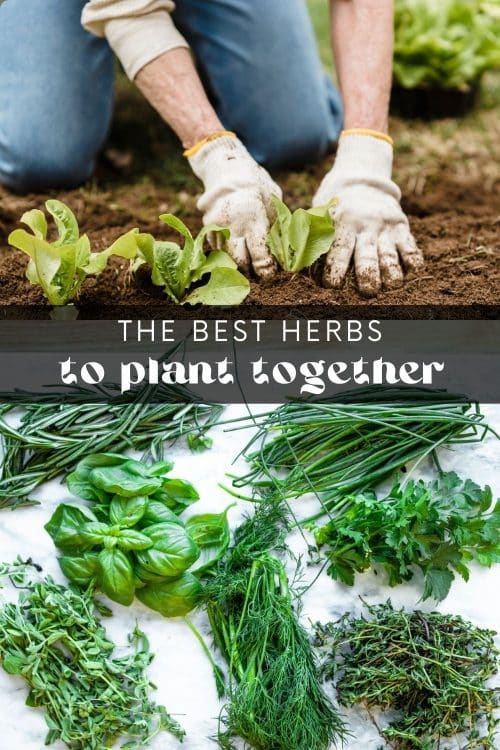
Check out these Herb Posts:
- What Herbs Are Toxic to Dogs?
- DIY Kitchen Window Herb Garden Ideas
- Herb Harvest and Preservation
- Herb Garden Ideas
- How to Get Rid of Gnats on Indoor Herbs
- 12 Best Herb Garden Plants
- 8 Best Indoor Herb Plants
- How to Grow Catmint
- How to Grow Cilantro
- How Long Does It Take Basil to Grow?
- How to Grow Mint Outdoors
- How to Grow Citronella Plants
- How to Grow Mint Indoors
- How to Grow Lavender in Containers
- How to Grow Oregano
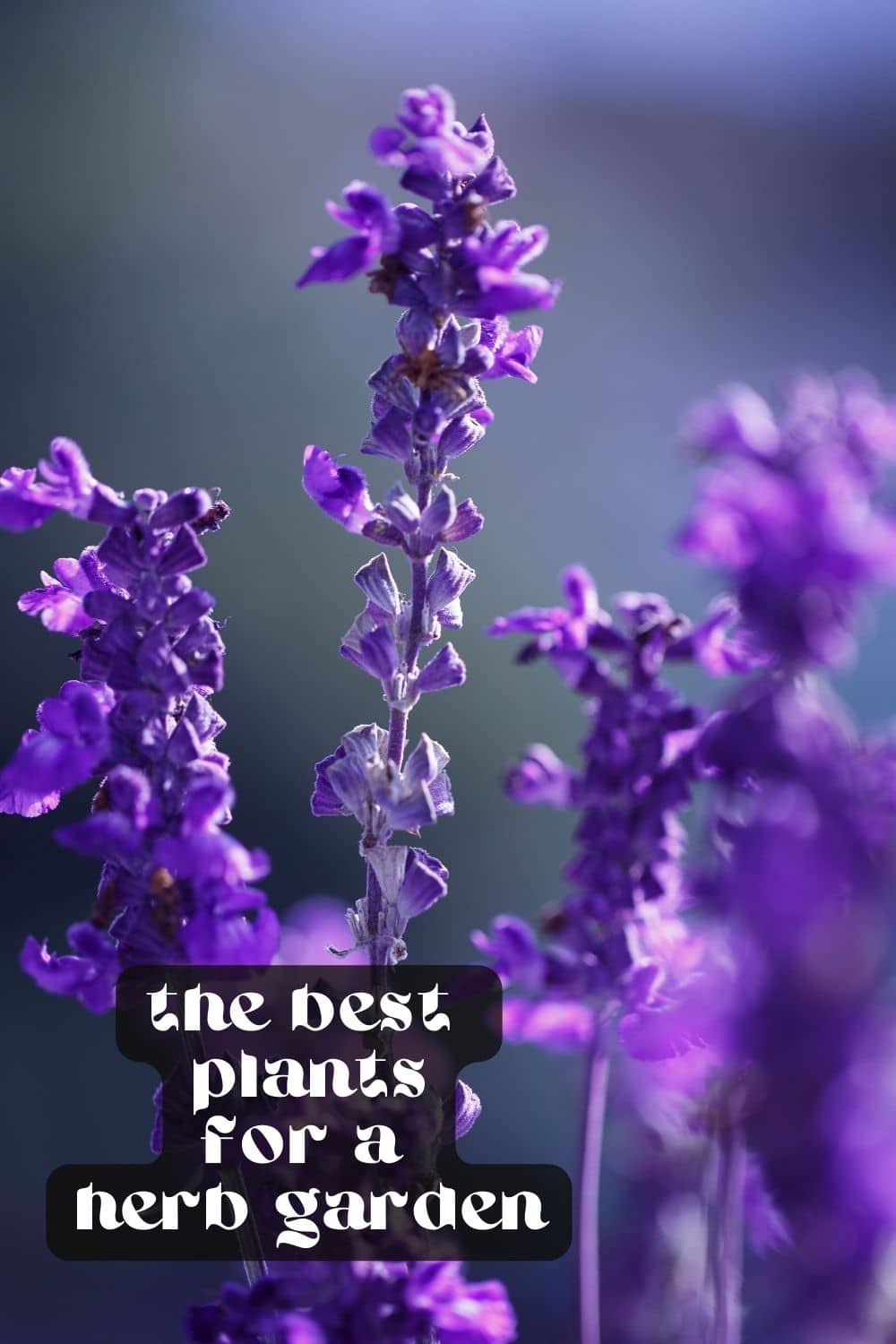
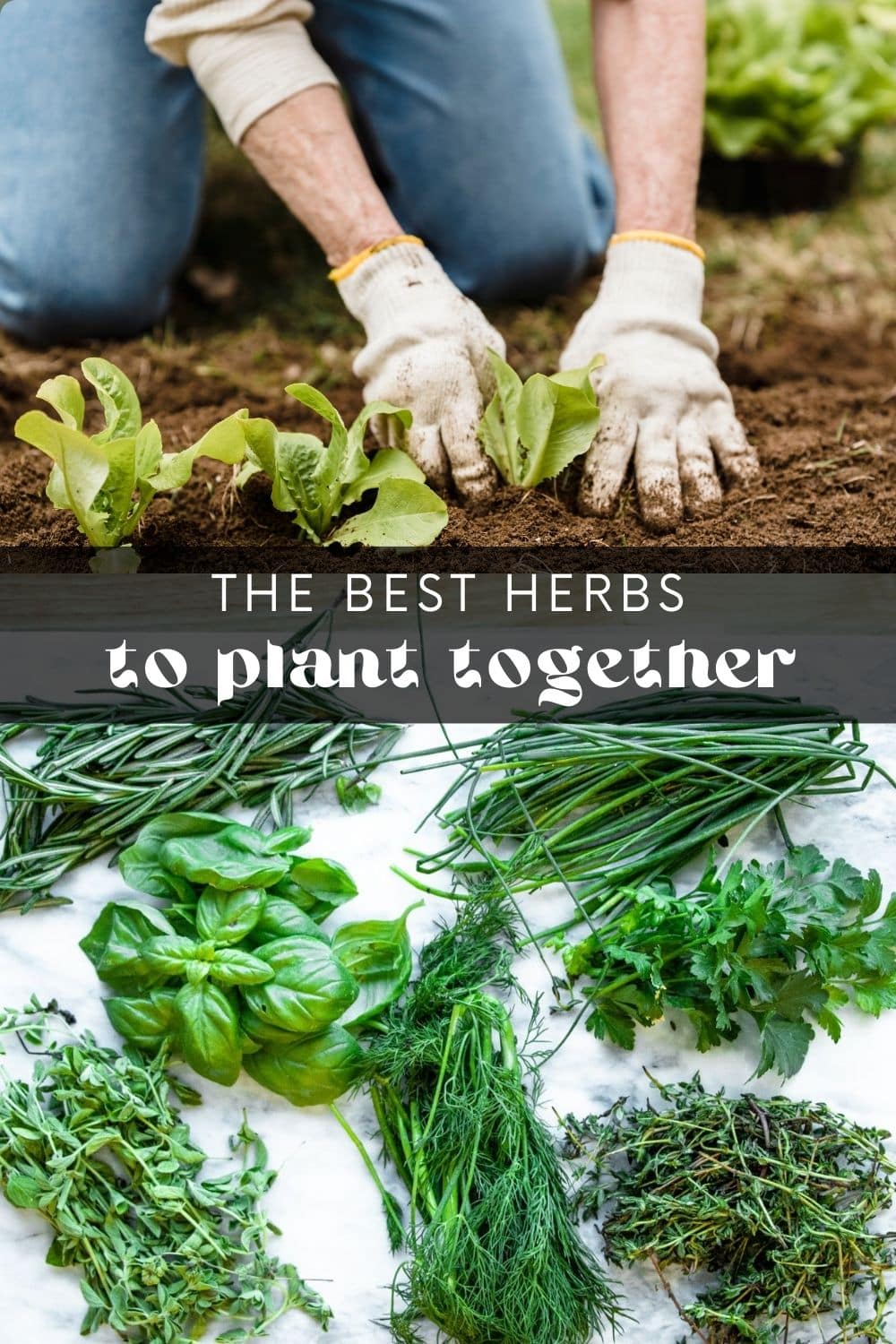
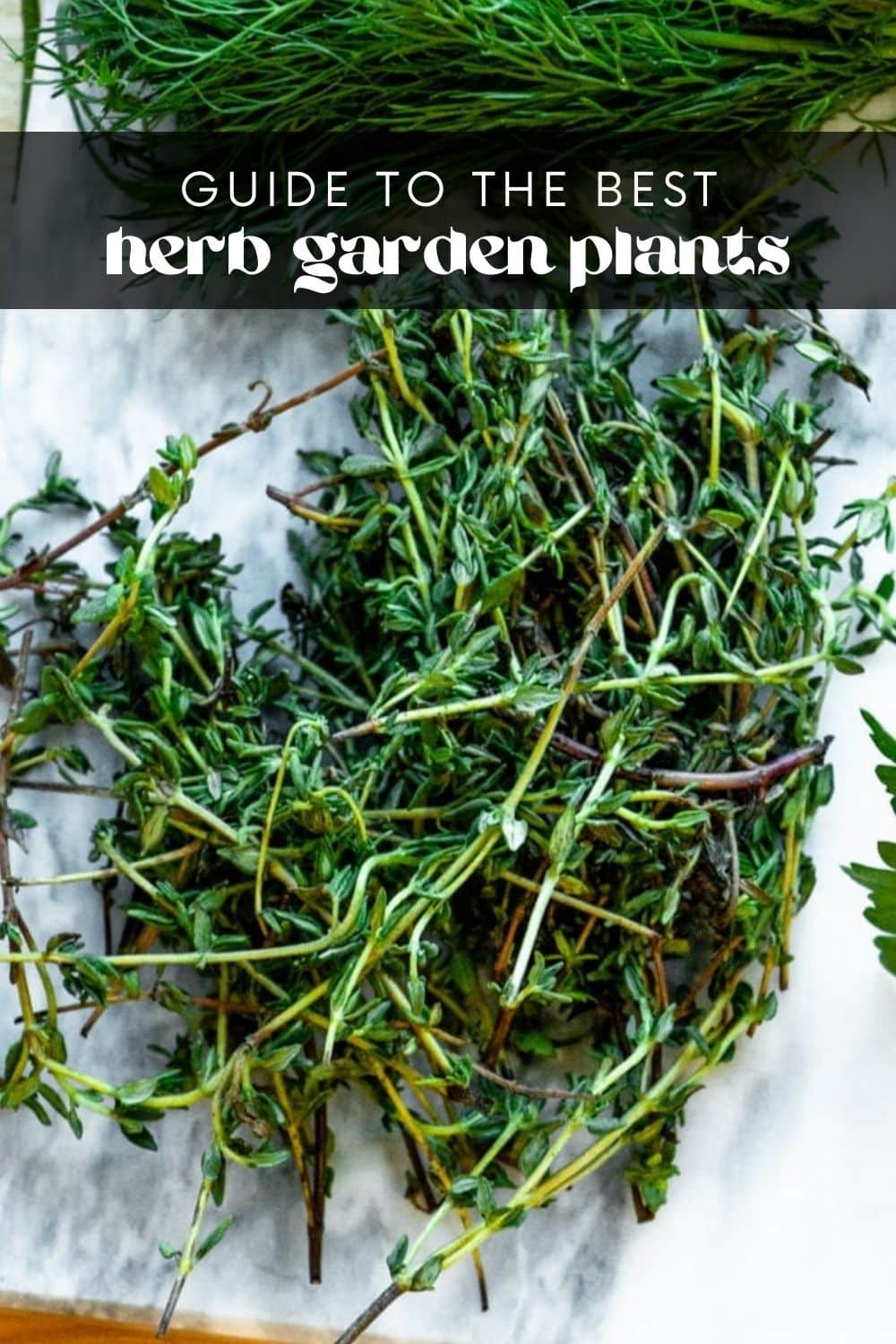
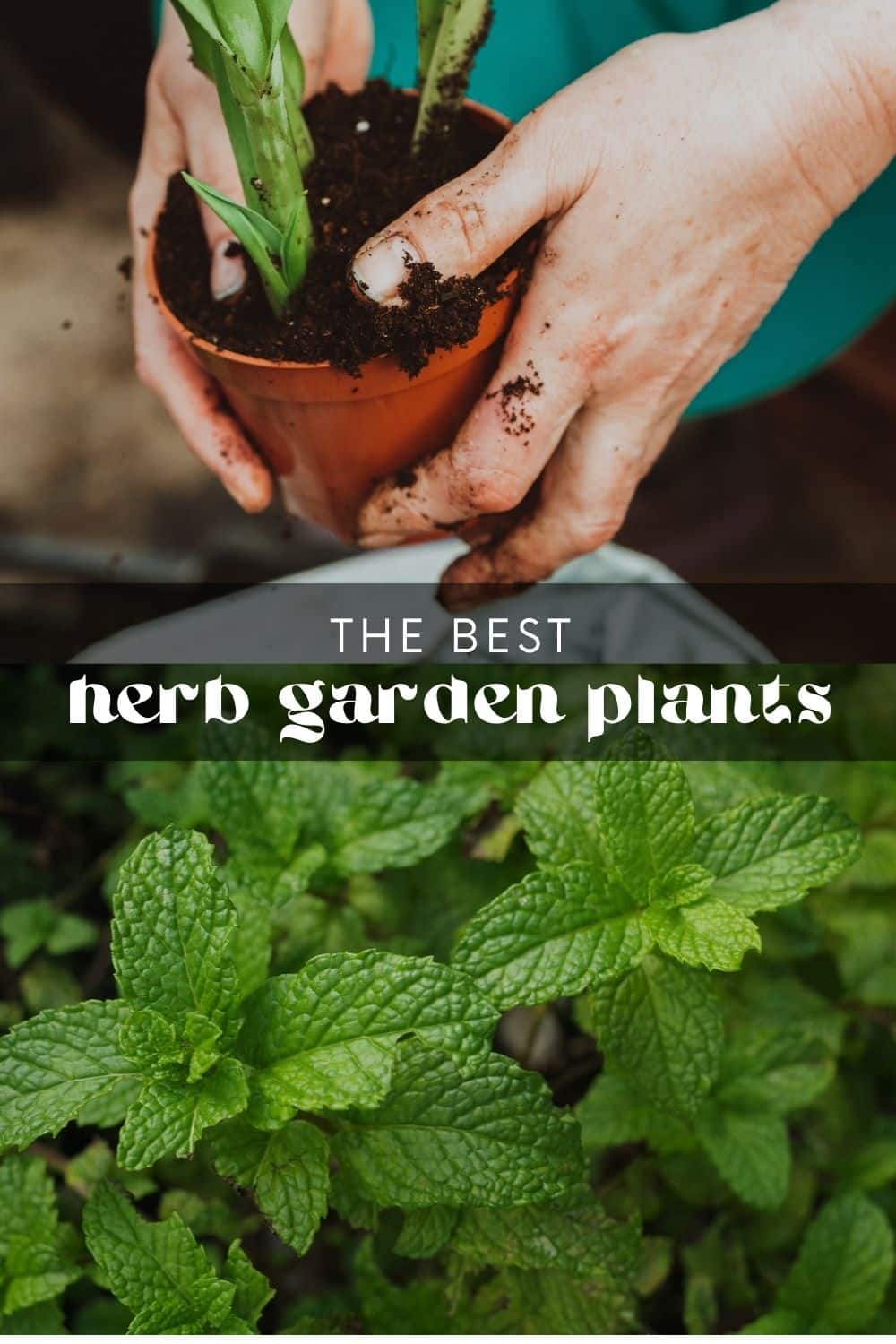





[…] 12 Best Herb Garden Plants […]